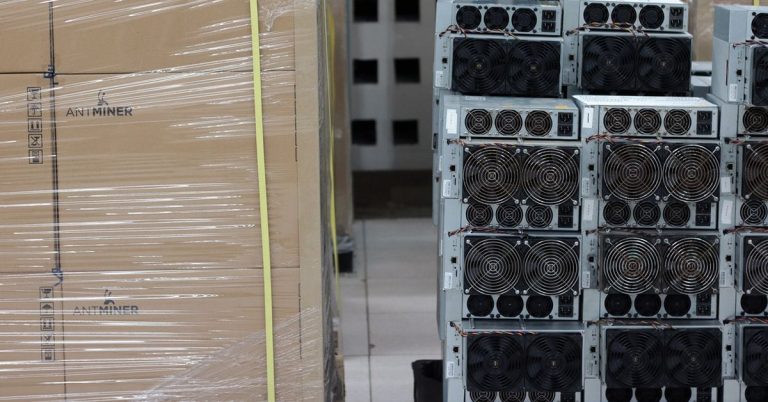The number of bitcoins (BTC) held by cryptocurrency miners has fallen to the lowest level since July 2021, as they exhausted their coin supply ahead of a programmed halving of the revenue earned per block.
Data tracked by Glassnode shows that the estimated number of bitcoins held in wallets associated with miners has fallen by 8,426 bitcoins ($530 million) since the beginning of the year to 1,812,482 bitcoins. The decline began in the second half of October, when miners held more than 1.83 million bitcoins.
Miners create valid blocks, and add transaction records to a public ledger, or blockchain. New coins released with each block are given to miners as a reward for work. They also receive transaction fees.
Currently, miners receive 6.25 Bitcoin per block. The halving, a quadrennial event scheduled for April, will bring that number down to 3,125 BTC, cutting revenue per block by 50%. To improve profitability, miners may use their stored bitcoin to purchase more efficient equipment so that operating costs are lower, said FRNT Financial, a Toronto-based cryptocurrency platform.
“Miners may also be tempted to sell in order to get a better position ahead of the halving,” FRNT Financial said in a news release on Tuesday. “This may include purchasing more efficient mining equipment due to the new economies that the halving will bring.”
This halving is widely seen as a stress test for miners, as it is expected to reduce revenues and increase production costs simultaneously. Industry consolidation is possible.
The long dry season in southwest China, which typically extends from October to March/April, may be another reason for the decline in Bitcoin miners' balances. China accounts for approximately 20% of the total computing power on the Bitcoin network.
“Miners in some Chinese regions are known to bring additional rigs online during the rainy season when hydropower becomes abundant. It is conceivable that miners will sell during the dry season to counter inactivity of mining rigs,” FRNT Financial said.

